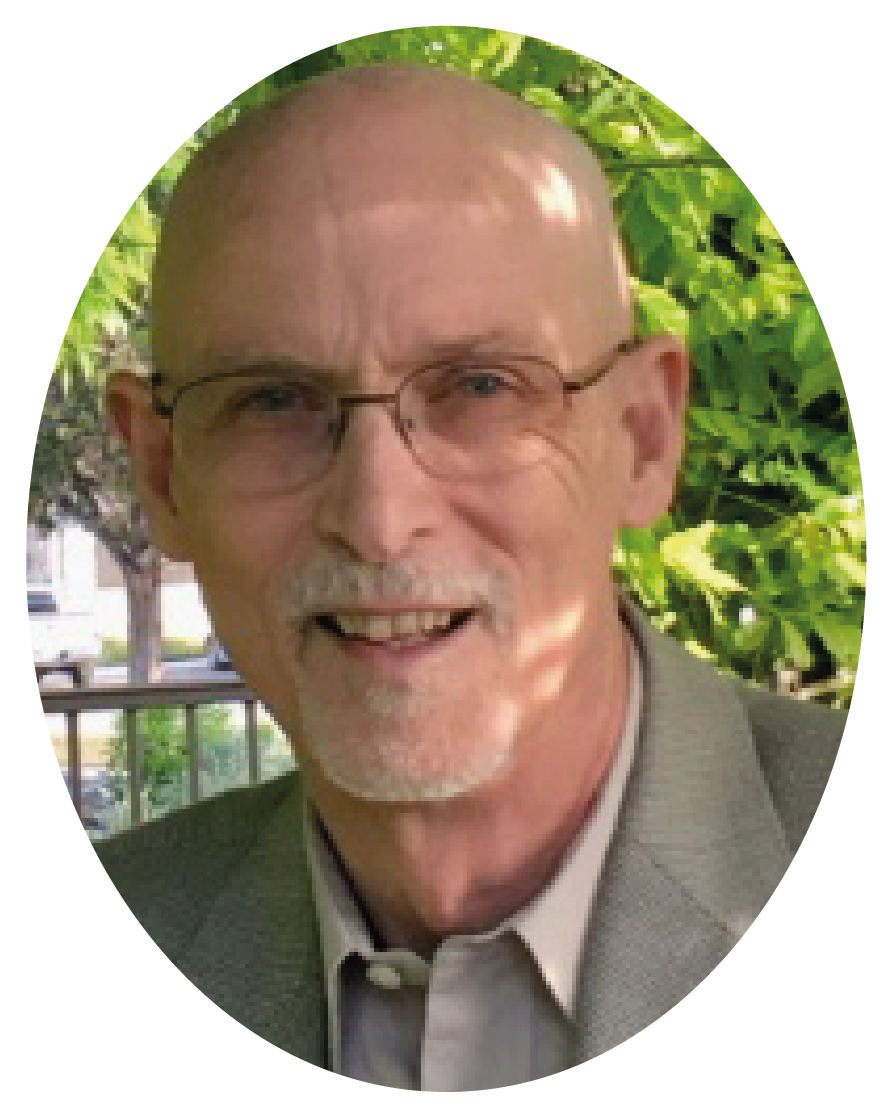Out of the blue, the opening lyrics to Sympathy for the Devil by the Rolling Stone came to mind as I sat down to write the newsletter this month.
“Please allow me to introduce myself
I’m a man of wealth and taste
I’ve been around for a long, long years
Stole million man’s soul an faith.
… Pleased to meet you
Hope you guess my name
But what’s puzzling you
Is the nature of my game.”
With the tune echoing in my head, I decided to write this month’s feature article about how I choose character names. Pleased to meet you, hope you guess my name?”
As a rule, for human characters, I select names that portray the ethnicity or other attributes I’m seeking for the character. That shouldn’t be surprising. I’ve also used names for no other reason than I like the name. Sometimes for non-human characters I have morphed names of bad Greek gods or Biblical names for my purpose.
Read on for an “inside baseball” rundown of how a few of the characters from my novels got their names.
Clay Austin. The main character in book one, The Hidden Saboteur. I chose Clay because his life is shaped by God’s hands. I chose Austin as the last name because I’ve always liked the name and now I live 20 miles outside of the Texas city.
Sheryl Austin. Sheryl is one of my top-5 favorite names for women. The character was introduced in book one, and became the main character in book 2, The Chase. The name also begins with “S”, the same as my wife, Sofia. Let me simply say that my wife and Sheryl have much in common.
Vic Austin. Clay’s stepfather in book one. Vic was also the name of my stepfather. Enough said.
Charley Gragg. The loving, fatherly figure for young Clay in book one is his great uncle. In the book, Gragg bequeaths a lighthouse to Clay that forever changed Clay’s life. The Gragg character is based on my great uncle, Owen Gragg who never owned a lighthouse, but is near and dear to my heart.
Figure in Gray. Evil took shape in book 2, The Chase, but I only referred to him as “The Figure in Gray.” No other name was used because I didn’t want readers to think the antagonist was just a demon-possessed human. Certainly not.
Phobley. I had so much fun developing The Figure in Gray in book 2, and fans loved to hate him too, so I wrote the character into book 3, The Snare. I gave him a name, Phobley, which is based on the Greek god, Phobos, famous for having a cruel personality.
In book 3 I reveal more about Phobley, a power-hungry dark angel who walks on earth as a regional director responsible for harvesting souls in the western states. I also introduce other dark angels, each named after a bad Greek god. They all report to The One, The Leader, known on earth as Lucky Zebul.
Lucky Zebul. And then in book 3 along comes Lucky, the charming, persuasive, dashing, and intelligent financier turned world politician. His earthly name is Lucky Zebul. But the legions of dark angels bow before him as The Leader, The One. For his name I combined two of the names used in the Bible for Satan – Lucifer and Beelzebub – to form Lucky Zebul. With a name like Lucky, what’s there not to like and trust?
Sheolus. I’ll close by mentioning the name of the underworld home for The Leader and his minions of dark angels, which I introduced in book 3, “The Snare.” Though they all live and “work” on earth, appearing as humans, once a year they gather in their ancestral home deep beneath the New Mexico hills. Sheolus is adapted from the Hebrew word for hell in the Old Testament, Sheol.
Right here in my blog.you can listen to samples of the award-winning novels in The Lighthouse series of Christian thrillers.
The Hidden Saboteur audio sample
The Chase audio sample
The Snare audio sample

